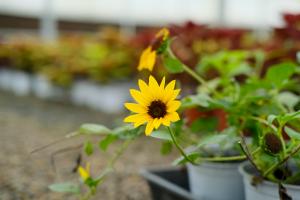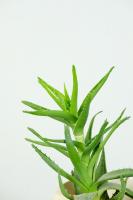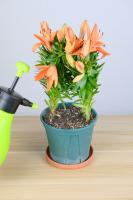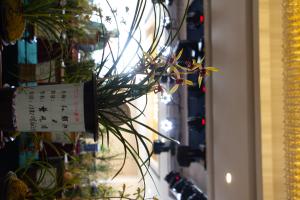Introduction
Plastic plant pots are ubiquitous in the horticulture industry, but concerns have been raised about whether they are safe for use with food. In this article, we will explore the potential risks of using plastic plant pots for growing food crops and examine the factors that determine their safety.
The Risks of Plastic Plant Pots
One of the main concerns surrounding plastic plant pots is the potential for leaching of harmful chemicals into the soil or water. Many types of plastic contain chemicals such as bisphenol A (BPA), phthalates, and benzophenones, which have been linked to a variety of health problems. These chemicals can be absorbed by plants and end up in the food we eat, posing a potential risk to human health.
In addition, plastic plant pots may release microplastics into the environment as they degrade over time. These tiny particles have been found in soil, water, and even in the bodies of animals and humans. While the long-term effects of microplastic exposure are not yet fully understood, it is clear that they are a growing concern for both environmental and human health.
Factors Affecting Food Safety
While the risks of plastic plant pots are significant, it is important to note that the safety of these containers depends on a number of factors. The type of plastic used, the conditions of use, and the type of plants being grown all play a role in determining whether plastic plant pots are safe for use with food.
For example, some types of plastic are more prone to leaching than others, and certain chemicals may be more harmful than others. In addition, exposure to sunlight, heat, and moisture can all accelerate the breakdown of plastic and increase the risk of chemical leaching. Finally, some plants are more efficient at absorbing contaminants than others, meaning that certain crops may be more susceptible to contamination from plastic plant pots.
Safety Precautions
Despite the risks associated with plastic plant pots, there are a number of steps gardeners can take to reduce the likelihood of chemical leaching and microplastic contamination. First and foremost, selecting the right type of plastic is crucial. Look for plant pots made from food-safe plastics such as polypropylene or high-density polyethylene, and avoid those made from PVC, polycarbonate, or other potentially harmful materials.
Other precautions include using high-quality potting soil that is free from contaminants, avoiding fertilizers and pesticides that may contain harmful chemicals, and taking steps to minimize the amount of plastic waste produced by your gardening activities.
Conclusion
While plastic plant pots are a convenient and affordable option for growing plants, it is important to be aware of the potential risks associated with their use for food crops. By selecting the right type of plastic, using safe potting soil, and taking other precautions to minimize exposure, gardeners can help ensure that their plants are free from harmful contaminants.

 how many times do yo...
how many times do yo... how many planted tre...
how many planted tre... how many pine trees ...
how many pine trees ... how many pecan trees...
how many pecan trees... how many plants comp...
how many plants comp... how many plants can ...
how many plants can ... how many plants and ...
how many plants and ... how many pepper plan...
how many pepper plan...
































